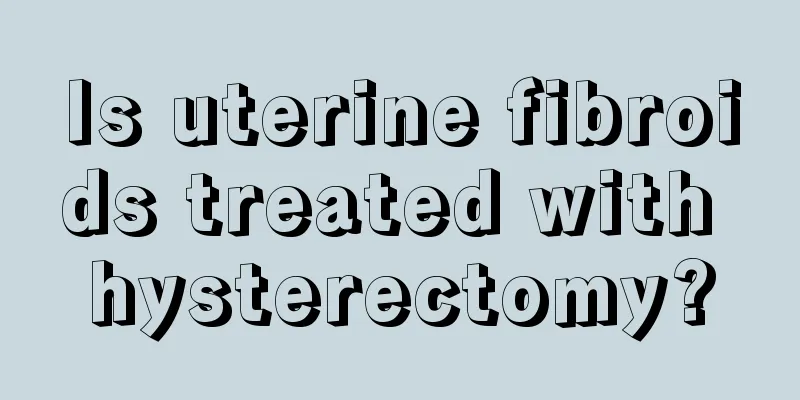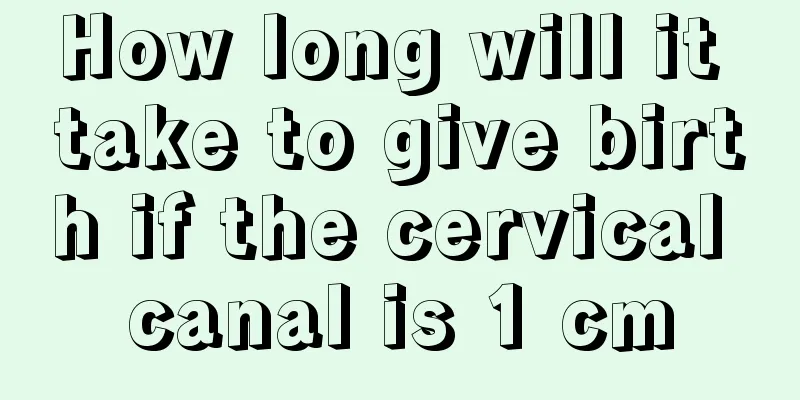Is uterine fibroids treated with hysterectomy?

|
We often see TV reports or friends around us who need to have their uterus removed because of cervical diseases. It takes a long time to recover after the uterus is removed, and the body will become very weak. Not all diseases require uterine removal. Generally, intrauterine resection surgery or conservative methods can be used for treatment. Treatment principles 1. Follow-up observation: Suitable for patients with small fibroids and mild increase in menstrual volume. 2. Androgen therapy: Suitable for near-menopausal patients whose fibroids are not large and whose menstrual flow is not significantly increased. 3. Surgical treatment: It is the main treatment method for this disease. Misfetil treatment: suitable for preoperative treatment of large uterus and heavy menstruation. Medication principles 1. Postoperative infection prevention and fluid replenishment can be administered according to the limit "A". 2. Patients with mild anemia can be given medication according to the limits "A" and "B". 3. If there is secondary anemia or excessive bleeding in the hands before the operation, blood transfusion or human albumin can be given according to the degree of anemia. The medicines produced by Xuzhou Zhulin Temple Traditional Chinese Medicine Research Institute are all derived from the thousand-year-old gynecological Chinese medicine secret recipes of Zhulin Temple. These secret recipes have been passed down from the monks of Zhulin Temple to this day and have undergone thousands of years of clinical verification, with outstanding and reliable efficacy. Expectant management of uterine fibroids Expectant management means regular follow-up observation without the need for special treatment. It is mainly suitable for patients with uterine fibroids whose size is less than 5cm and who are asymptomatic or have mild symptoms. If they are near menopausal women, it is expected that the fibroids will shrink naturally after menopause. Follow-up examination should be conducted every 3 to 6 months, and during the follow-up period, attention should be paid to the occurrence of any symptoms and whether the uterine fibroids have enlarged. A gynecological examination and B-ultrasound examination are required at each follow-up visit. If there are symptoms of menorrhagia or compression during the follow-up, or if the fibroids grow faster, especially at a faster rate, appropriate treatment should be adopted in a timely manner. Expectant management of asymptomatic uterine fibroids is appropriate under regular follow-up monitoring. It should also be noted that in a small number of postmenopausal patients, uterine fibroids do not shrink but instead grow larger, and follow-up should be strengthened. |
<<: What is uterine hypertrophy?
>>: Is the cervix still there after hysterectomy?
Recommend
Having sex one month after medical abortion
Sexual life is a normal thing for normal people. ...
What are the disadvantages of girls smoking?
In real life, there are many occasions where smok...
What to do if a girl has dark skin
Dark skin can be caused by many reasons, the most...
What causes acne on the face during menstruation
Every woman will go through countless menstrual p...
Methods for women to nourish kidney and blood
Women actually also need to nourish the kidneys a...
How does severe cervical erosion occur?
Nowadays, there are more and more diseases among ...
What causes chills?
The four seasons of the year have different tempe...
Symptoms of delayed menstruation and pregnancy
Many people think that if their menstruation is d...
Is it a girl if there is no black line on the belly?
There are no black stripes on our abdomen, but wo...
What is breast thyroid disease
The breast and thyroid are two glands in the huma...
What are the benefits of vaginal douching?
Vaginal douching refers to the use of a vaginal d...
Diet for women during menopause
When women reach middle age, they are prone to me...
Is it better to have your period early or late after childbirth?
We women all know that menstruation does not occu...
How to massage a woman's breasts?
The breasts are very important for women. Since t...









